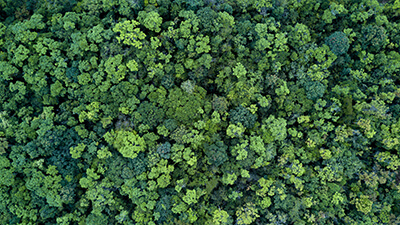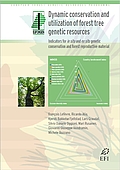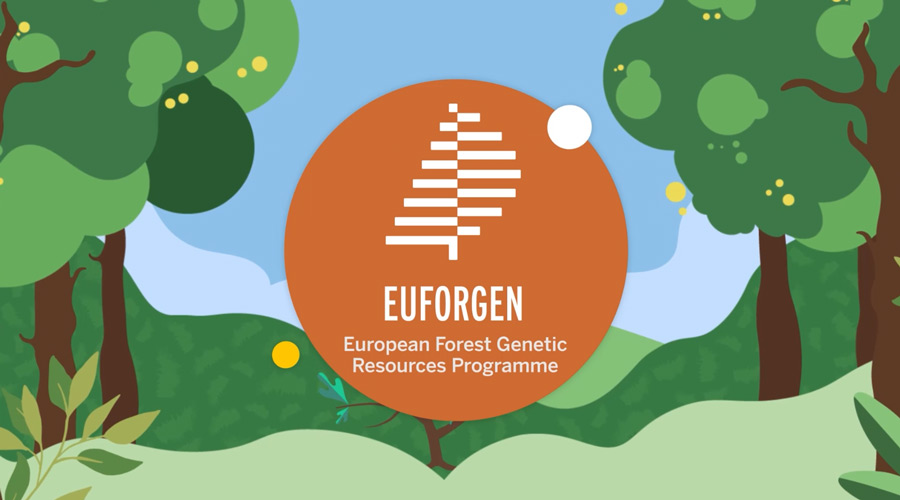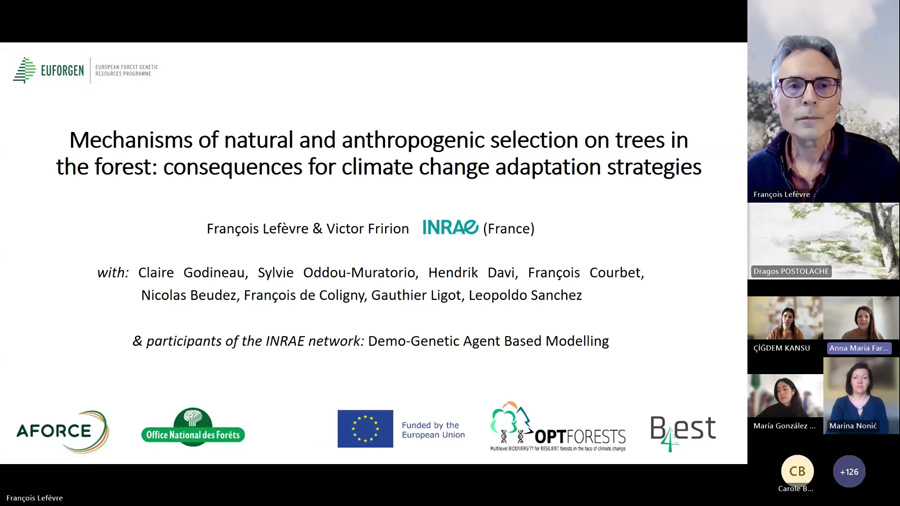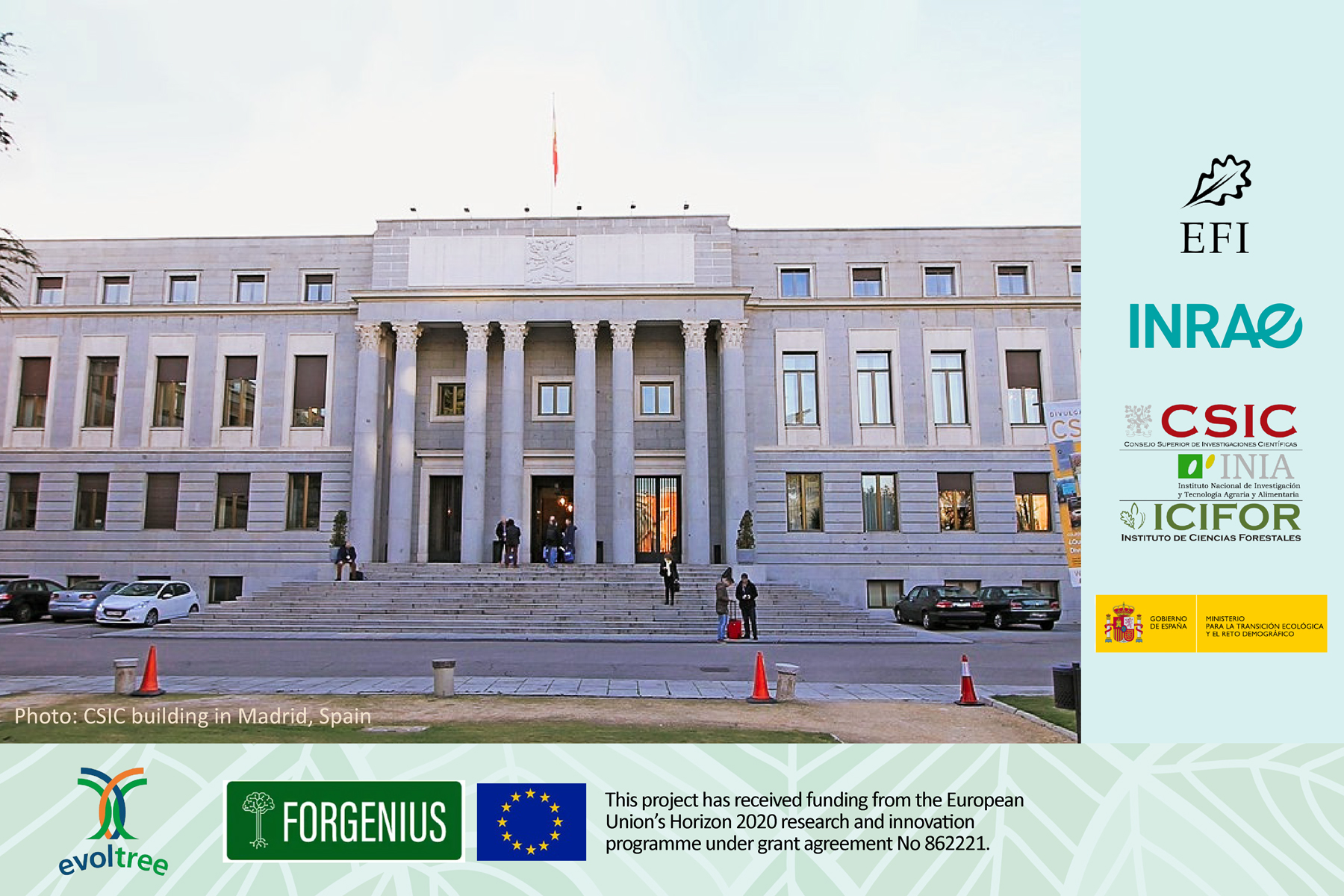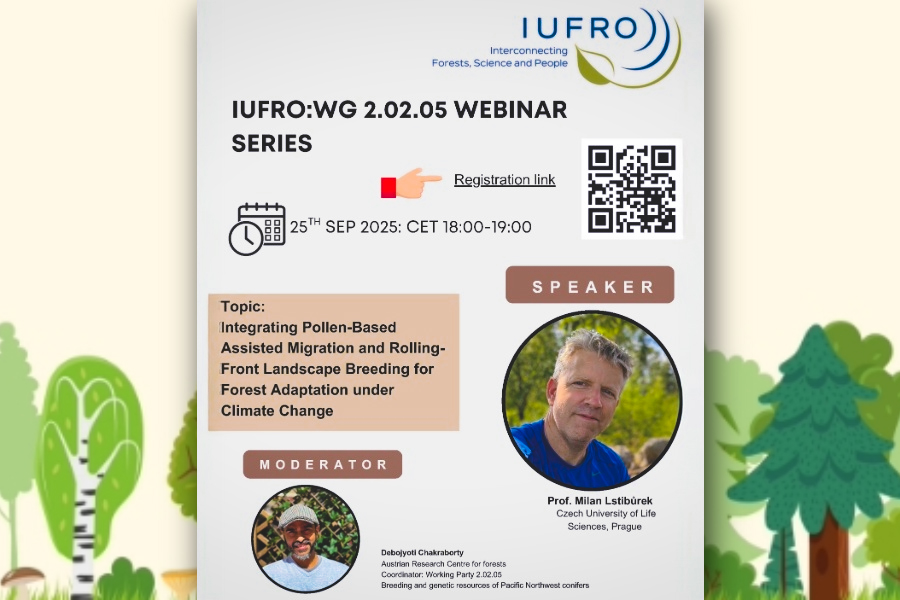Tree genetic diversity: An updated indicator of how much we conserve
EUFORGEN today published a report that for the first time offers a way to measure the conservation and use of the genetic diversity of forest trees across Europe in a standardized way. This indicator is based on an agreed revision of a commonly adopted framework.
EUFORGEN today published a report that for the first time offers a way to measure the conservation and use of the genetic diversity of forest trees across Europe in a standardized way. This indicator is based on an agreed revision of a commonly adopted framework.
Genetic diversity ensures that forest trees can survive, adapt and evolve under changing environmental conditions. The updated indicator will allow researchers to measure this diversity and monitor its conservation and utilization over time.
Previously, the Forest Europe process adopted a general set of Criteria and Indicators for sustainable forest management as a tool to aid forest policy formulation and decision making, forest monitoring, and communication. Six criteria reflect complementary aspects of sustainable forest management in the pan-European region. These are currently being assessed by a set of 34 quantitative and 11 qualitative indicators.
Indicator 4.6 is a quantitative indicator which contributes to Criterion 4 (Maintenance, conservation and appropriate enhancement of biological diversity in forest ecosystems) by focusing on the conservation and use of genetic resources. It is this indicator that has been revised, because it was not very informative on the conservation of genetic diversity nor fully standardised across countries.
EUFORGEN established a working group that met between 2016 and 2019 to address the shortcomings in the existing system. In particular, the previous indicator was based only on the area devoted to in situ or ex situ conservation, which does not provide true quantitative information on the conservation effort, effectiveness and efficiency.
“The revised indicator uses standardized data from EUFGIS, the European Information System on Forest Genetic Resources,” says François Lefèvre, chair of the working group. “For example, for all European forest tree species and for each European country, the revised indicator provides information on the expected genetic diversity within and among tree species and the ways in which this diversity is conserved and used.”
Michele Bozzano, the EUFORGEN Coordinator, says that the process that led to the formulation of this revised indicator started 25 years ago, as soon as the EUFORGEN programme was established.
“This is a story of mutual capacity building between countries and of creating common understanding among scientists,” he added.
The revision of this indicator is a successful example of pan-European collaboration: from now on, it will be possible to make very precise and sound assessments of the actual situation in forest genetic conservation in Europe and to monitor progress in sustainable forest management.
Related Links
- Working group on the genetic diversity indicator
